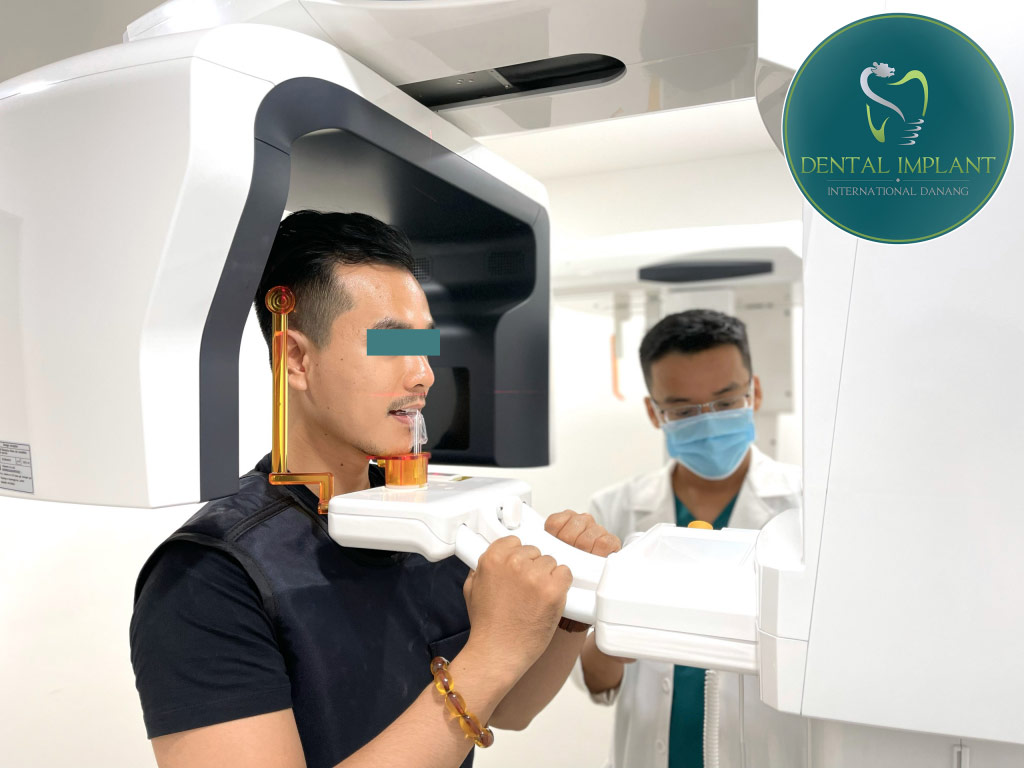Dental Implant is a method of replacing lost teeth by implanting a titanium post into the jaw bone, which does not affect adjacent teeth like bridges, does not cause bone loss and dis-comfort.

DENTAL IMPLANT

Dental Implant is a method of replacing lost teeth by implanting a titanium post into the jaw bone, which does not affect adjacent teeth like bridges, does not cause bone loss and dis-comfort.
This is the most popular concern before implantation.
Pain is divided into 2 stages: during and after surgery
– During surgery: The patient will be anesthetized to completely block the implant bone area, so there is almost no pain during the surgery. The anesthetic effect will last 4-5 hours.
– After surgery: Pain depends on 2 factors: the complexity of the implant area and the infection degree of the implant area.
The pain will usually last for about 3 days. During this time, the patient needs to use the drug as prescribed by the doctor.
– Implant failure: The highest and most common risk is that the implant is loose or does not attach to the jawbone (the rate is about 5% according to reports). The actual rate at our clinic is about 2%.
The cause of implant failure can come from:
Unfavorable implant location (little bone coverage will make it difficult for implant to attach to the bone). The cases of bone deficiency will be given a bone graft (autograft or synthetic bone graft) to ensures enough bone for implantation at our clinic.
– Dental implant displacement into the maxillary sinus (for the upper molar teeth) which compress the lower jaw nerve causing paresthesia of the lips, cheeks, and tongue: due to the failure of assessment before surgery. At Dental Implant International Da Nang, we use Conebeam – CT HDX Will, which can survey special structures in the jawbone.

CT Cone beam and X-Ray Filming System
From 15,000,000 to 20,000,000 depending on the type of implants
Autograft: Take the patient’s own bone from one location and attach it into another. For example, if the jaw bone is missing, the fibula in the leg can be grafted in. The advantage is high compatibility. The disadvantage is that there will be 2 surgical areas on the body at the same time, causing more painful.
Allograft: Take another person’s bone, process and attach them into the person needing a bone graft.
Xenograft: Bones from other animals (eg, bovine bones) are processed and then grafted into the person needing a bone graft.
Allogeneic and allogeneic bones are not widely used for a variety of reasons: concerns about contamination, ethical issues, problems of adaptation, etc.
Synthetic bone graft: This is the most commonly used bone in dentistry. Safe and good effect.
